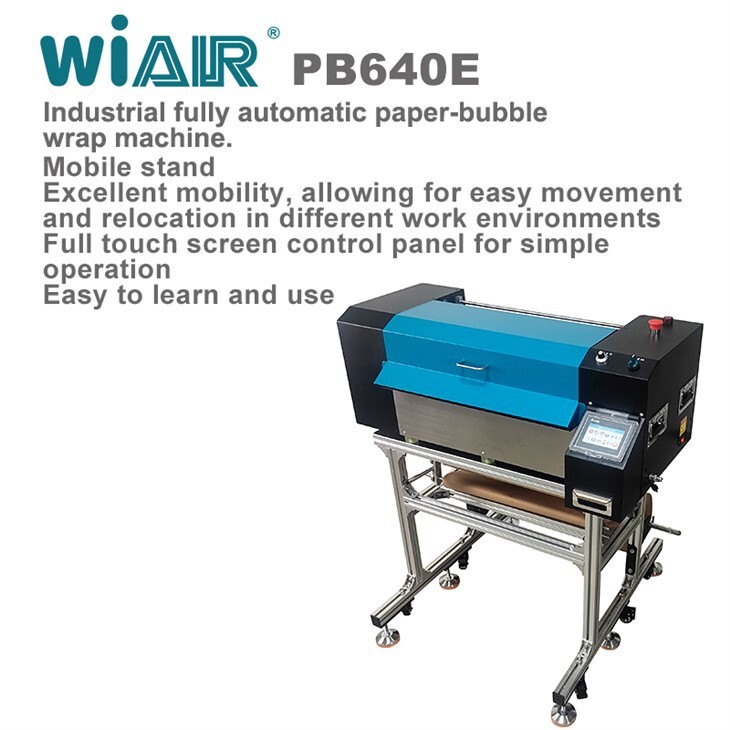
ADD: No.540, 2/F, Lane 500, XinNongHe Road, Song Jiang District, Shanghai, China
TEL: +86-21-65667541
MOB: +86 17717267676
E-MAIL: marketing@dsb.com.cn

Honeycomb paper is an innovative packaging material that is widely used in various industries due to its unique structure and excellent performance. Named after its resemblance to a honeycomb, this type of paper possesses many characteristics, advantages, and benefits. It is suitable for multiple industries and products, and can replace traditional packaging materials.
First and foremost, the key feature of honeycomb paper is its unique structure. It consists of a series of hexagonal cells that form a sturdy and lightweight paper. This structure imparts exceptional compressive strength and shock absorption to honeycomb paper, effectively protecting packaged items and reducing the risk of damage and breakage.
Secondly, honeycomb paper offers numerous advantages. Its lightweight nature is a significant advantage, as the structure of honeycomb paper makes it lighter than traditional packaging materials, reducing transportation costs and carbon footprint. Additionally, honeycomb paper is recyclable and renewable, aligning with sustainability requirements. It effectively reduces environmental pollution and dependence on natural resources.
The benefits of honeycomb paper are also noteworthy. Firstly, it provides excellent thermal insulation and temperature stability, making it ideal for products like food and pharmaceuticals that require temperature maintenance. Secondly, honeycomb paper exhibits breathability, ensuring freshness and preserving the quality of packaged goods. Moreover, honeycomb paper offers moisture resistance and waterproof properties, effectively protecting products from moisture and humidity.

Honeycomb paper finds widespread application in various industries and products. In the food industry, it can be used for packaging delicate items such as fruits, vegetables, and cakes, protecting them from compression and damage. In the electronics industry, honeycomb paper can serve as protective material for electronic devices, providing cushioning and shock resistance. Additionally, honeycomb paper is suitable for furniture, toys, alcoholic beverages, cosmetics, and numerous other industries and products, offering them secure packaging and superior protection.
Lastly, honeycomb paper can serve as a viable alternative to traditional packaging materials, boasting several significant advantages. Compared to foam plastics, honeycomb paper is a sustainable choice with a lesser environmental impact. In comparison to cardboard, honeycomb paper exhibits superior compressive strength and shock absorption, providing more effective product protection. When compared to plastic films, honeycomb paper offers better breathability and moisture resistance, ensuring product quality and freshness. Therefore, honeycomb paper becomes the ideal substitute for many businesses in terms of packaging materials.
The characteristics of honeycomb paper can be summarized as follows:
1) Unique structure: Honeycomb paper is composed of a series of hexagonal cells, creating a sturdy yet lightweight material.
2) Compressive strength: Honeycomb paper exhibits excellent resistance to compression, effectively protecting packaged items and reducing the risk of damage and breakage.
3) Shock absorption: Honeycomb paper has the ability to absorb impact forces, providing an additional layer of protection for the packaged items.
4) Lightweight: Compared to traditional packaging materials, honeycomb paper is lightweight, reducing transportation costs and carbon footprint.
5) Recyclable and renewable: Honeycomb paper is a recyclable and renewable material, aligning with sustainability requirements and reducing environmental pollution.
6) Thermal insulation: Honeycomb paper offers good thermal insulation properties, helping to maintain temperature stability for packaged products.
7) Breathability: Honeycomb paper exhibits breathability, preserving the freshness and quality of packaged items.
8) Moisture resistance and waterproofing: Honeycomb paper has moisture resistance and waterproofing properties, effectively preventing moisture and humidity from affecting the products.
9) Wide applicability: Honeycomb paper is suitable for various industries and products, including food, electronics, furniture, toys, alcoholic beverages, cosmetics, and more.
10) Replacement for traditional materials: Honeycomb paper can replace traditional packaging materials such as foam plastics, cardboard, and plastic films, providing better protection performance and environmental benefits.
In conclusion, honeycomb paper is an innovative packaging material that offers unique structure, superior performance, and environmental benefits, making it highly versatile across various industries. It provides exceptional compressive strength, shock absorption, lightweight characteristics, recyclability, and renewability. Honeycomb paper is suitable for food, electronics, furniture, toys, alcoholic beverages, cosmetics, and many other industries and products. It can effectively replace traditional packaging materials, delivering safer, eco-friendly, and superior protection to the packaged goods. In the context of sustainable development, honeycomb paper is poised to become a significant choice in the future of the packaging industry.
Related News
- Green Packaging, Starting With Paper
- The Future Star Of Eco-friendly Packaging | Honeycomb Paper
- From Design To Recycling, Building A Green Circular Economy
- Farewell To Plastic Cushioning, Here Comes Paper-Bubble
- WiAIR's Mission | Protect Products, Protect The Earth
- Honeycomb Paper:Eco-Friendly, Efficient And Stylish - All In One
- How To Choose A Quality Honeycomb Paper Sleeve Forming Machine?
- From 2D To 3D Eco-friendly Cushion Packaging,are We On Trend?
- Your Product Needs Paper Cushion Packaging For Protection!
- Unveiling The Secrets Of Honeycomb Paper Sleeves Production | Efficient WiAIR-AM900
- Honeycomb Paper Sleeve Forming Machine, Efficient Production, Protecting Every Piece Of Green On The Earth
- Honeycomb Paper Sleeve VS Honeycomb Paper, A New Choice For Packaging
- Environmental Protection Packaging Has Become Explosive
- Start Adding Green To The Planet With The Honeycomb Mat Machine!
- Really? Paper As Protective Packaging Material?
- A Powerful Tool For Offices And Small Warehouses—WiAIR-PB340S Bubble Paper Machine
- Bubble Paper, Honeycomb Paper, Honeycomb Paper Sleeves - The Perfect Alternative To Plastic Packaging
- How Are Ceramic Products Safely Transported? All-round Protection Of Pressure Bubble Paper
- The Terminator Of Bubble Wrap, Why Is Paper Bubble So Popular?
- New Packaging Material Bubble Paper Provides Soft Protection For Products






